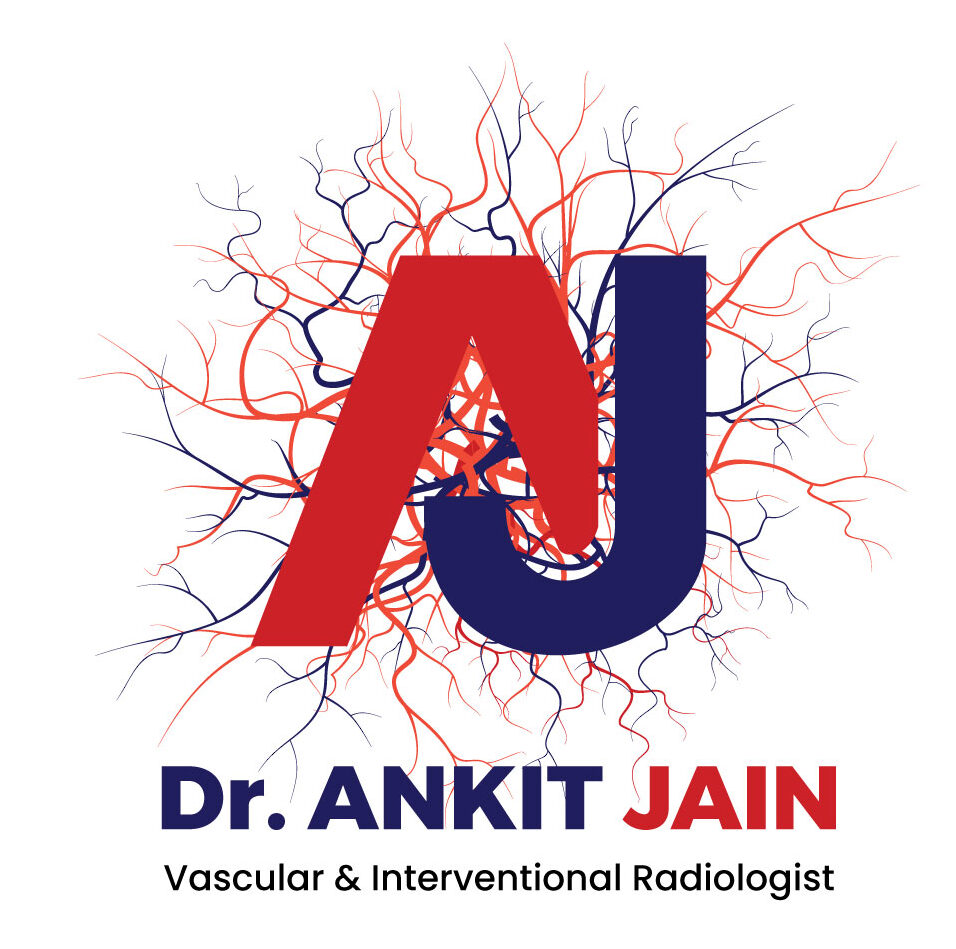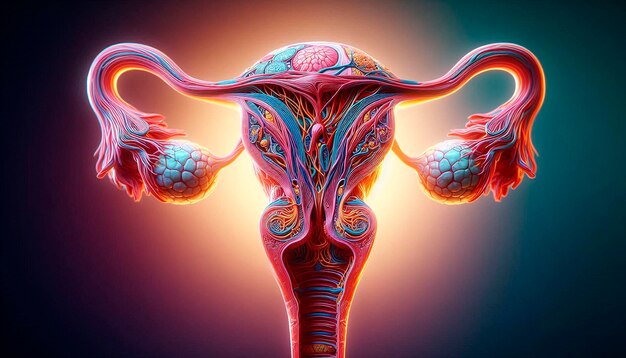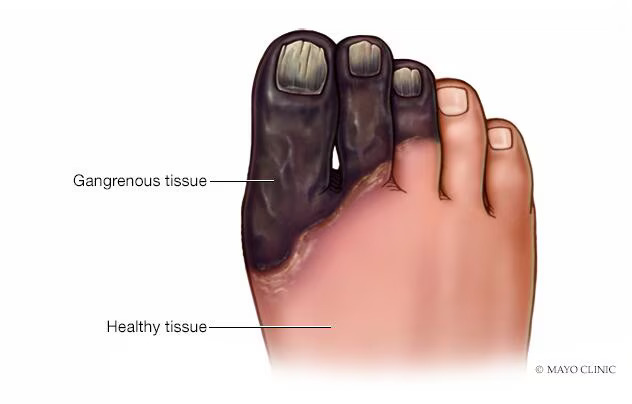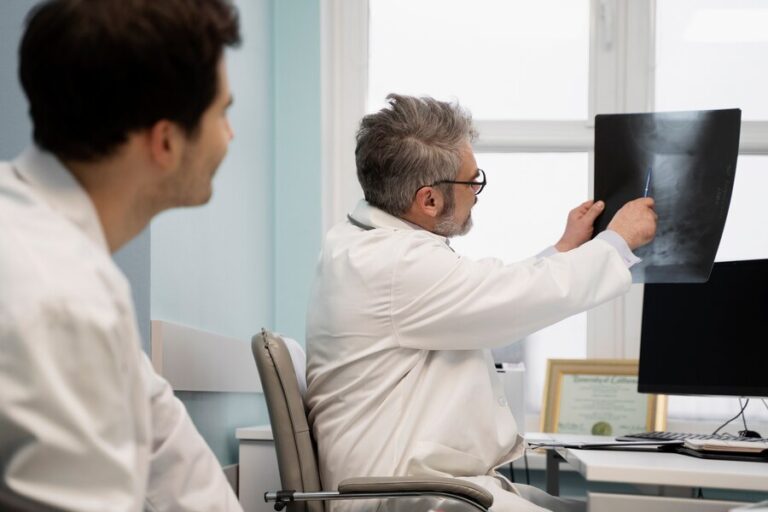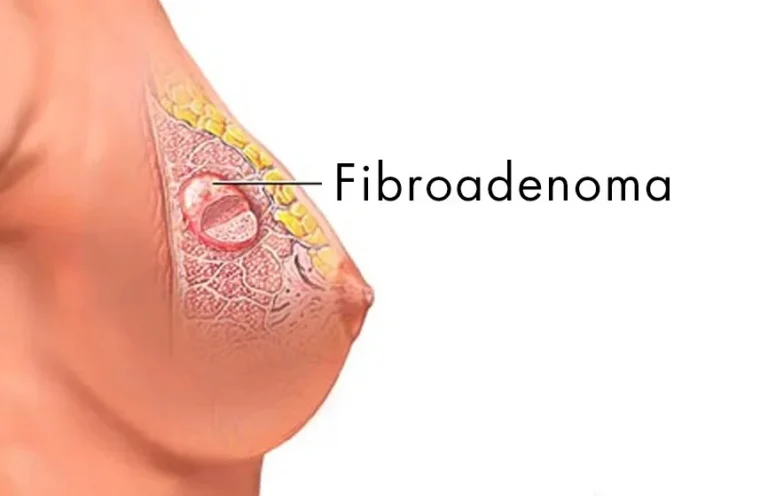Uterine Artery Embolization in Sector 79
A minimally invasive technique called uterine artery embolization (UAE) provides a non-surgical option for the treatment of uterine fibroids and other gynecological disorders. Located in Sector 79, our clinic, led by Dr. Ankit, an experienced interventional radiologist, provides specialized care for women seeking relief from uterine fibroids and associated symptoms. In this article, we delve into the details of uterine artery embolization in Sector 79, its benefits, procedure, recovery, and how it can be a game-changer for women’s health in Sector 79.
Understanding Uterine Artery Embolization (UAE)
Uterine artery embolization is a procedure aimed at shrinking uterine fibroids by blocking the blood supply to these noncancerous growths in the uterus. This technique, performed by an interventional radiologist, involves inserting a catheter into the uterine arteries and injecting tiny particles, usually made of a synthetic material called polyvinyl alcohol (PVA), to block the blood flow to the fibroids. With the blood supply cut off, the fibroids shrink, and symptoms such as heavy menstrual bleeding, pelvic pain, and urinary frequency often improve.
Benefits of Uterine Artery Embolization
- Minimally Invasive: UAE is performed through a small incision in the groin area, requiring only local anesthesia. Compared to traditional surgery, it results in less pain, shorter recovery time, and minimal scarring.
- Preservation of Uterus: Unlike hysterectomy (surgical removal of the uterus), UAE preserves the uterus, making it an attractive option for women who wish to retain their fertility or avoid major surgery.
- Effective Symptom Relief: Uterine artery embolization has been shown to effectively alleviate symptoms associated with uterine fibroids, such as heavy menstrual bleeding, pelvic pain, pressure on the bladder or bowel, and urinary frequency or urgency.
- Outpatient Procedure: In many cases, UAE can be performed as an outpatient procedure, allowing patients to return home the same day and resume normal activities within a few days.
The Uterine Artery Embolization Procedure
- Preparation: Before the procedure, patients will undergo a thorough evaluation, including imaging studies such as ultrasound or MRI, to confirm the diagnosis and assess the size and location of the fibroids. This helps the interventional radiologist plan the procedure effectively.
- Anesthesia: UAE is typically performed under local anesthesia, although sedation may be administered to help patients relax during the procedure.
- Catheter Placement: Using real-time X-ray guidance (fluoroscopy), the interventional radiologist inserts a thin, flexible catheter into the femoral artery in the groin. The catheter is then guided into the uterine arteries that supply blood to the fibroids.
- Embolization: Once the catheter is in place, the interventional radiologist injects tiny embolic particles into the uterine arteries, blocking blood flow to the fibroids. This process is repeated on both sides of the uterus to ensure adequate blockage.
- Monitoring: Throughout the procedure, the interventional radiologist monitors the progress using fluoroscopy to ensure precise placement of the embolic particles.
- Recovery: After the procedure, patients are monitored for a few hours before being discharged home. Most patients can resume normal activities within a few days, although strenuous exercise and heavy lifting should be avoided for a few weeks.
Recovery and Follow-Up Care
Following uterine artery embolization, patients may experience mild discomfort, cramping, or vaginal discharge for a few days. Anti-inflammatory and painkillers can be used to treat these symptoms. It is essential to follow all post-procedure instructions provided by the healthcare team and attend follow-up appointments to monitor recovery and assess treatment outcomes.
Why Choose Dr. Ankit’s Interventional Radiology Clinic in Sector 79?
Located in Sector 79, our clinic, led by Dr. Ankit, specializes in interventional radiology procedures, including uterine artery embolization for the treatment of uterine fibroids. Here’s why women in Sector 79 trust us for their healthcare needs:
- Expertise: Dr. Ankit is a highly skilled and experienced interventional radiologist with expertise in performing uterine artery embolization procedures. Patients can trust in his knowledge and proficiency in providing quality care.
- Personalized Care: We understand that each patient is unique, and we tailor our treatment approach to meet individual needs and preferences. Our team provides compassionate care and ensures that patients feel comfortable and supported throughout their journey.
- Advanced Technology: Our clinic is equipped with state-of-the-art technology and imaging equipment, allowing us to perform procedures with precision and accuracy. We stay up-to-date with the latest advancements in interventional radiology to deliver the best possible outcomes for our patients.
- Comprehensive Services: In addition to uterine artery embolization, we offer a wide range of interventional radiology services for various medical conditions. Patients can receive comprehensive care under one roof, minimizing the need for multiple appointments at different facilities.
Conclusion
Uterine Artery Embolization in Sector 79″ Uterine artery embolization is a safe and effective treatment option for women with symptomatic uterine fibroids. Located in Sector 79, Dr. Ankit’s Interventional Radiology Clinic offers specialized care for women seeking relief from fibroid-related symptoms in Sector 79.
For any further queries, Plz visit drankitinterventionalradiologist.com
